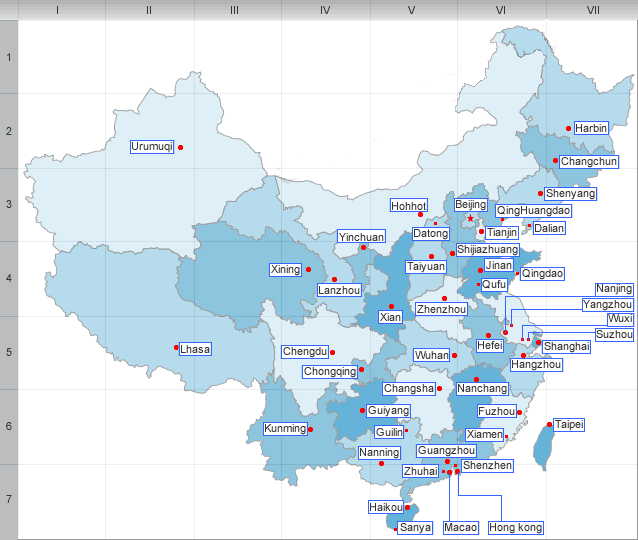Jiangdu Overview
Located in the central part of Jiangsu, Jiangdu is a county-level city under the jurisdiction of Yangzhou Prefecture City. The name, Jiangsu, meaning “River Capital” in Chinese, had originally used for Yangzhou in the Qin and Han dynasties. Three well-known bodies of water, Yangtze River, Grand Canal and Shaobei Lake, flow through the city.
The city has a history of around 2,500 years, starting in the West Han Dynasty. Jiangdu was first recorded as an ancient prefecture in 153 B.C but its jurisdiction was later modified many times upon the replacement of dynasties. In history, Jiangdu had a close affiliation to Yangzhou.
Under the jurisdiction of Yangzhou, Jiangdu City is located in the north of Yangtze River but in the central part of Jiangsu Plain, holding three major water resources, including two rivers and a lake. Jiangdu borders Yangzhou metropolis and Gaoyou, and three Taizhou’s cities, Taizhou, Xinghua and Jiangyan.
Geographically, Jiangdu lies on the Northern Jiangsu Plain and is crisscrossed by numerous rivers and lakes, including Yangtze River, the Grand Canal and Lake Shaobai. Its water surface area is 15% of its land. The natural resources mainly include crude oil and natural gas, which occupy more than 60% of the provincial total resource.
Jiangdu has a maritime monsoon climate, with distinct four seasons. The annual average temperature is 15ºC around. The annual precipitation is close to 1,000 mm. The so-called Mei Yu season, meaning “humid and rainfall abundant” in Chinese, starts in Julynend lasts about 2-3 weeks. The elevation of the land is about 5 m over sea level.
Traditionally, Jiangdu city relied on its agriculture and fishery earnings. Major agricultural products include livestock, crops, vegetable, cocoon and aquatic products. In recent years, growing flower, bonsai, garden plant has formed an additional agricultural sector.
As a city where water surface area occupies more than 15% of its land, Jiangdu produces abundant aquatic products including fish, shrimp, crab, oyster, etc, plus “aquatic vegetable”, including lotus rhizome and seed, caltrop, etc. Lotus is a water plant growing in the mud of shallow ponds, marshes and flooded fields. In Asian culture, the plant's parts, like seed, leaf, stalk and rhizome, can be either used as vegetables for foods or as a green plant and flower for viewing.
In recent development, a few of industrial sectors have been added to the city’s economy, including natural resource, electronic, mechanic industries and civil construction.
Jiangdu’s environment and ecosystem are protected, specifically for its water resources. The city is making its effort to maintain its ecological environment and forest.
| PREV:Rushan Overview | Next:Pulandian Overview |



